.jpg)
Introduction
Emergency preparedness is crucial for all organizations, including religious institutions. Disasters and emergencies can strike at any time, and being prepared can minimize the impact and potentially save lives. This article aims to provide in-depth information on emergency preparedness for religious institutions from various angles.
Why Emergency Preparedness is Important for Religious Institutions
Religious institutions are often places of congregation and serve as a hub for communities. During emergencies, they can become focal points for shelter, aid distribution, and communication. Having comprehensive emergency preparedness measures in place ensures the safety and well-being of congregants and the surrounding community.
Creating Emergency Protocols
One of the first steps in emergency preparedness is creating emergency protocols. This involves identifying potential hazards, developing evacuation plans, establishing communication channels, and training staff and volunteers on emergency procedures. Religious institutions should also collaborate with local emergency management agencies to align their protocols with broader community resources and response plans.
.jpg)
Planning for Evacuations
In the event of an emergency, religious institutions may need to evacuate their premises. It is essential to have clear evacuation routes and assembly points. These plans should be regularly reviewed and practiced to ensure everyone is familiar with the procedures. Additionally, religious institutions should consider establishing agreements with nearby facilities that can serve as emergency shelters.
Establishing Emergency Communication Systems
Effective communication is crucial during emergencies. Religious institutions should have multiple communication systems in place, including methods for internal communication among staff and congregants, as well as external communication with emergency responders and community members. This may involve utilizing technologies such as emergency notification systems, two-way radios, and social media channels.
Obtaining Emergency Supplies
Religious institutions should have an inventory of emergency supplies to sustain their community during a crisis. This includes items such as food, water, medical supplies, and emergency lighting. Regularly checking and restocking these supplies ensures they are always available when needed. Religious institutions can also collaborate with local emergency agencies to understand the resources available in the community.
Training Staff and Volunteers
Properly trained staff and volunteers play a vital role in implementing emergency protocols and ensuring the safety of everyone in the religious institution. Training should include first aid and CPR certification, disaster response procedures, and the use of emergency equipment. Ongoing training and drills keep skills sharp and enhance response capabilities.
Engaging with the Community
Religious institutions are an integral part of the community, and during emergencies, they can provide support beyond their immediate congregation. Engaging with the community includes sharing emergency preparedness information, collaborating with local emergency agencies, and offering assistance in times of crisis. By being actively involved, religious institutions can enhance the overall resilience of the community.
.jpg)
Conclusion
Emergency preparedness is a critical aspect of responsible stewardship for religious institutions. By establishing comprehensive emergency protocols, planning for evacuations, establishing communication systems, obtaining emergency supplies, training staff and volunteers, and engaging with the community, religious institutions can play a vital role in safeguarding their congregants and providing support during emergencies.
Why is emergency preparedness important for religious institutions?
What are some key elements of emergency preparedness for religious institutions?
For more information and assistance with emergency preparedness for religious institutions, Service Water Restoration Pros offers comprehensive restoration services and resources.



